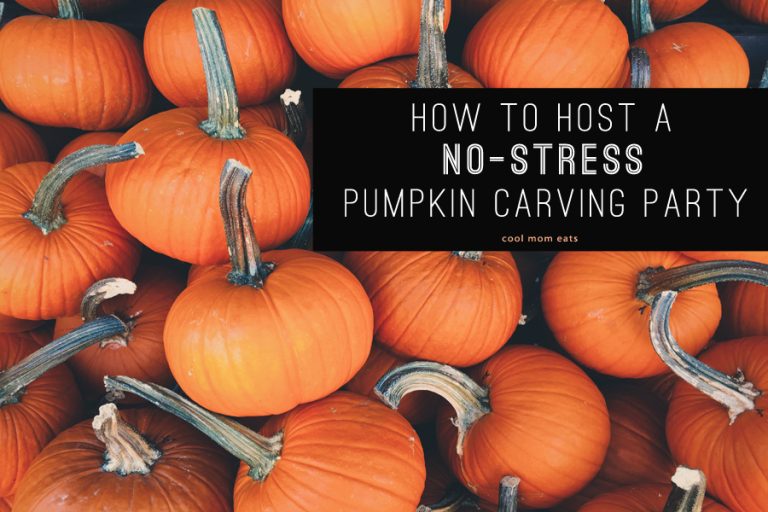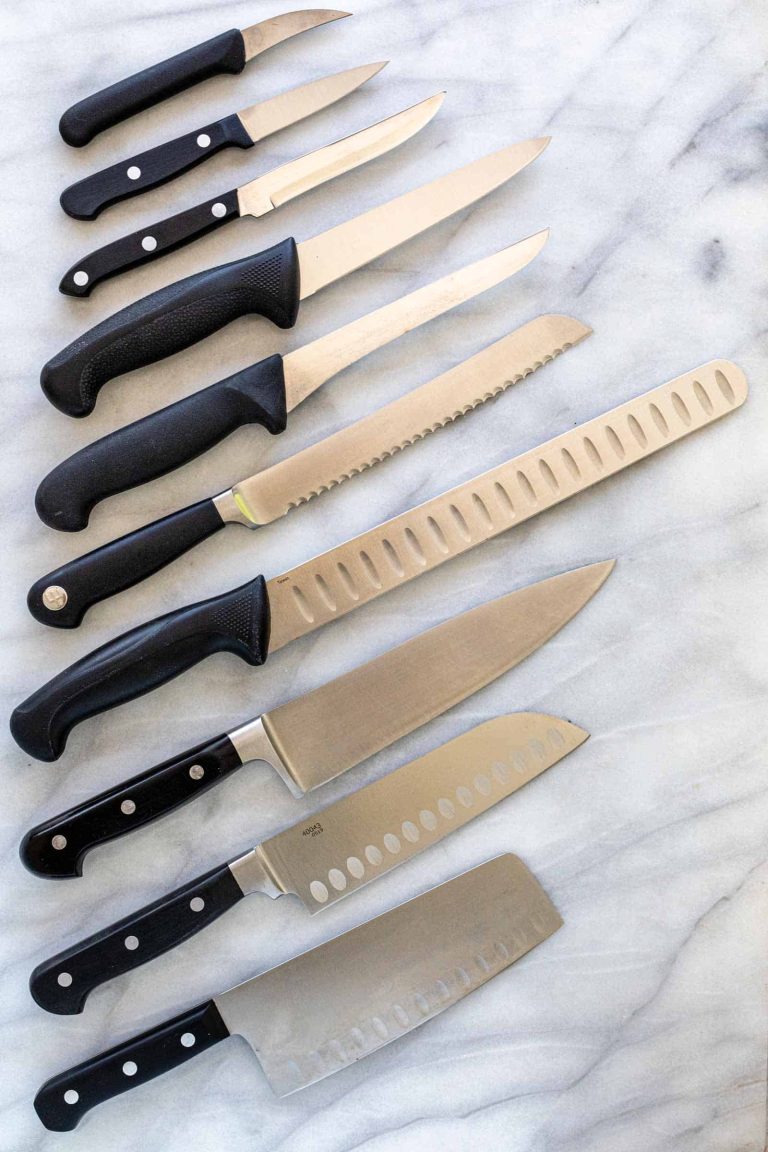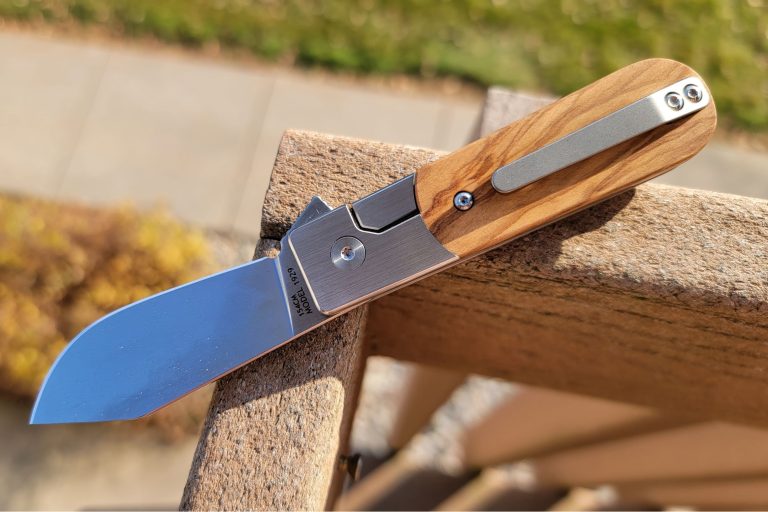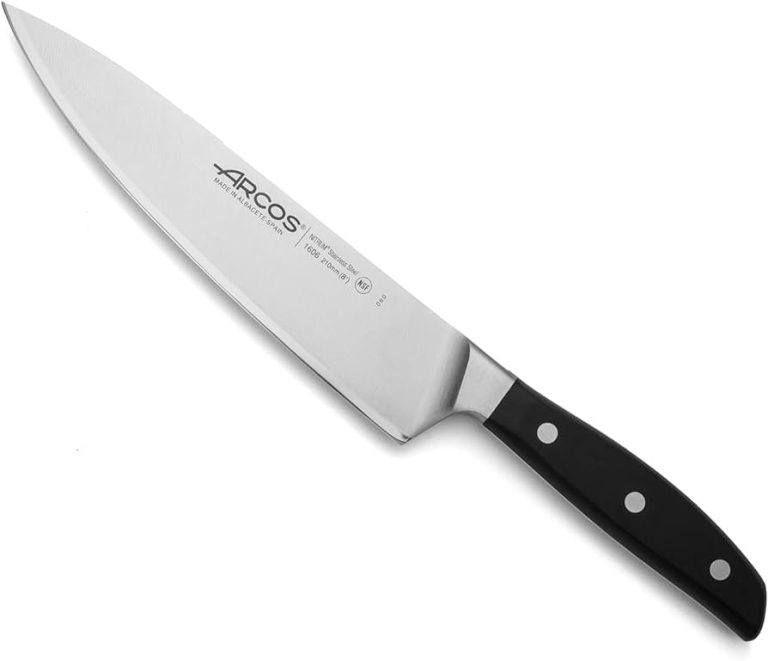Comprehensive Guide to Buying the Best Hunting Knife for You
Looking for the best hunting knife? This comprehensive guide will help you choose the perfect one for your needs.
Whether you’re an experienced hunter or just starting out, finding the right hunting knife is essential for a successful and enjoyable hunting experience. From blade material and handle design to blade type and size, this guide covers all the key factors to consider when selecting a hunting knife.
So before you venture into the wild, take a few minutes to read through this guide and find the best hunting knife that suits your needs and preferences.
How To Choose The Perfect Hunting Knife
When looking for the perfect hunting knife, it’s essential to determine your specific hunting needs. Take into consideration the type of hunting you engage in, whether it’s small game, big game, or both. Consider the blade material, as different materials have their own advantages and durability. Assess the blade design, such as straight-edged, serrated, or drop point, depending on your intended use. Additionally, evaluate the handle of the knife, ensuring it provides a comfortable and secure grip. Make sure to examine the size and weight of the knife as well, as this can affect its portability and ease of use in the field. By carefully considering these factors, you can find the best hunting knife that suits your individual requirements.
Factors To Consider When Choosing A Hunting Knife
Blade type: The blade type is an important factor to consider when choosing a hunting knife. Different blade types serve different purposes, such as skinning, field dressing, or cutting through tough materials. Choose the blade type that suits your specific hunting needs.
Blade length: The length of the blade is another crucial factor. A longer blade may be more suitable for tasks like field dressing, while a shorter blade offers better control for precision work.
Blade thickness: Consider the blade thickness based on the type of game you’ll be hunting. Thicker blades are more durable and better suited for heavy-duty tasks.
Handle material: The handle material affects the knife’s durability, grip, and comfort. Common materials include wood, rubber, and composite. Choose a handle material that provides a secure grip and is comfortable to hold.
Handle design: The handle design also impacts the knife’s ergonomics. Look for a design that fits comfortably in your hand and allows for easy maneuverability.
Knife tang: The tang refers to the portion of the blade that extends into the handle. Full tang knives are considered more durable and reliable, as the blade extends the full length of the handle.
Knife sheath: Consider the type and quality of the knife sheath. It should securely hold the knife and protect the blade when not in use.
Knife maintenance: Lastly, consider the maintenance requirements of the hunting knife. Look for a knife that is easy to clean and has corrosion-resistant properties.
Types Of Hunting Knives
Types of Hunting Knives:
Fixed-blade hunting knives: These knives have a solid, non-folding blade that provides strength and durability. They are ideal for heavy-duty tasks like field dressing game and cutting through tough materials.
Folding hunting knives: These knives have a blade that can be folded into the handle, making them compact and easier to carry. They are versatile and suitable for various tasks, including general-purpose use and everyday carry.
Skinning knives: Designed specifically for skinning game, these knives have a narrow and curved blade. The shape allows for precise and clean cuts, minimizing the risk of damaging the meat.
Gut-hook knives: Gutting is an essential step in field dressing game, and gut-hook knives have a specialized hook on the spine of the blade. This hook makes it easier to open the animal’s abdomen without piercing the organs.
Boning knives: Boning knives have a thin and flexible blade, perfect for separating meat from bones. They are commonly used for deboning game and can also be used for other kitchen tasks.
Multi-purpose knives: These knives are designed to handle various tasks and often come with multiple blades, tools, and accessories. They offer versatility and convenience in the field.
Understanding Blade Materials
A hunting knife is an essential tool for any avid hunter. When looking for the best hunting knife, it’s crucial to understand the different blade materials available. The blade material plays a significant role in determining the knife’s performance, durability, and overall quality.
| Blade Materials |
|---|
| Stainless Steel |
| Stainless steel blades are highly corrosion-resistant, making them perfect for outdoor use. They require minimal maintenance and offer excellent durability. However, they may lack sharpness compared to other materials. |
| High Carbon Steel |
| High carbon steel blades are known for their exceptional strength and sharpness. They are easy to sharpen, maintain their edge well, and are great for heavy-duty tasks. However, they are more susceptible to rust and may require regular care. |
| Damascus Steel |
| Damascus steel blades offer a unique and attractive appearance with their distinctive patterns. They are renowned for their superb strength, sharpness, and ability to hold an edge. However, they tend to be more expensive and require proper care to prevent rust. |
| Ceramic Blades |
| Ceramic blades are incredibly sharp and retain their edge for a long time. They are lightweight and resistant to corrosion. However, their brittle nature makes them vulnerable to chipping or breaking if not handled with care. |
When choosing a hunting knife, consider your specific needs and preferences to determine the most suitable blade material for you. Remember to take maintenance requirements, durability, and functionality into account for a high-quality hunting knife that will meet your expectations.
Blade Designs For Different Hunting Tasks
Blade designs play a crucial role when choosing a hunting knife that suits your needs. The clip point design features a well-defined curve at the spine, making it ideal for intricate cuts and precision work. Its sharp and pointed tip enhances piercing ability, making it a versatile option for various hunting tasks. The drop point design, with its strong and durable blade, provides excellent control and versatility during field dressing and general-purpose hunting. The gut-hook design is specifically crafted for field dressing animals, allowing for efficient and clean gutting processes. The trailing point design features an upward curve, which excels in slicing and skinning. Lastly, the tanto point design is characterized by a strong and robust tip, providing excellent piercing capability. Consider the specific task at hand when selecting the most appropriate blade design to enhance your hunting experience.
Evaluating Knife Handles
When choosing the best hunting knife, evaluating the handle is crucial. The handle material plays a significant role in the knife’s durability and performance. It’s essential to consider the handle materials’ strength and durability. G10 fiberglass, Micarta, and synthetic materials like Kraton are popular choices as they offer a good combination of strength and grip.
Handle ergonomics should not be overlooked. A well-designed handle should fit comfortably in your hand, providing a secure grip in slippery or wet conditions. Look for handles with finger grooves and textured patterns for better control and stability.
The tang of the knife blade is another critical factor to consider. Full tang knives have the blade extending throughout the entire handle, increasing overall strength and stability. Partial tang knives, on the other hand, have the blade only partially extending into the handle, making them lighter but potentially less durable. For heavy-duty tasks, a full tang hunting knife is often the preferred choice.
Choosing The Right Knife Size And Weight
Choosing the right size and weight of a hunting knife is essential to ensure comfort, control, portability, and ease of use. When selecting a knife, consider factors such as:
- Comfort and control: Look for a knife that feels comfortable in your hand and allows for easy maneuverability. A knife with a well-designed handle and ergonomic grip can provide better control, reducing the risk of accidents.
- Portability and ease of use: Consider the size and weight of the knife. A compact and lightweight knife is more convenient to carry during hunting trips, especially if you need to cover long distances. Additionally, a lighter knife can be easier to handle for intricate tasks, while a heavier one may offer more power for tougher cutting.
By considering these factors, you can find a hunting knife that is the right size and weight for your specific needs, ensuring a more enjoyable and successful hunting experience.
Considerations For Knife Sheaths
When it comes to buying a hunting knife, one of the important considerations is the knife sheath. The material of the sheath plays a crucial role in its durability and functionality. You have various options available, each with its own advantages and disadvantages.
| Material | Advantages | Disadvantages |
|---|---|---|
| Nylon | Durable and lightweight | Less resistant to punctures |
| Leather | Classic and stylish | Requires maintenance to prevent cracking |
| Kydex | Great retention and protection | Prone to scratching |
Attachment options are another factor to consider. Some sheaths come with belt loops, while others have clips or straps. It’s important to choose a sheath that securely attaches to your gear for easy access and safety.
Retention methods also vary among knife sheaths. Some use snap buttons, others have Velcro straps, and some rely on friction and pressure. You should select a retention method that ensures your hunting knife stays securely in place while allowing for quick and easy retrieval.
Maintaining Your Hunting Knife
Cleaning and drying your hunting knife regularly is crucial to maintain its performance and ensure longevity. After each use, wash the blade and handle using warm water and mild soap, making sure to remove any debris or residue. Remember to **thoroughly dry** the knife to prevent moisture from causing rust or corrosion.
To keep the blade sharp, **regularly sharpen** it using a sharpening stone or a honing rod. Maintain a consistent angle and apply even pressure when sharpening to achieve the best results. Also, consider **applying lubrication** to the blade periodically to prevent friction and enhance its cutting ability.
Proper storage of your hunting knife is essential to protect it when not in use. Store the knife in a **cool, dry place** away from moisture and extreme temperatures. Consider using a sheath or knife roll to protect the blade and prevent accidental damage. By following these maintenance tips, you can ensure that your hunting knife remains in optimal condition for your outdoor adventures.

Credit: www.popularmechanics.com
Conclusion
To conclude, finding the best hunting knife for your needs requires careful consideration and understanding of the various factors involved. By following the tips discussed in this comprehensive guide, you can confidently navigate the market and make an informed decision.
Remember, prioritize the quality of the blade material, choose a knife with the right size and weight, consider the handle material for a comfortable grip, and opt for additional features such as a sheath or gut hook based on your requirements.
Don’t forget to consider your budget and read customer reviews to ensure the knife you select is reliable and durable. Armed with this knowledge, you’ll be well-equipped for your hunting adventures. So, go ahead and make the best choice for yourself, ensuring that your hunting knife becomes your most trusted companion in the wilderness.







Thank you for giving good info about Hunting knives .
Now it’s easy to decide which to buy…..
Great post